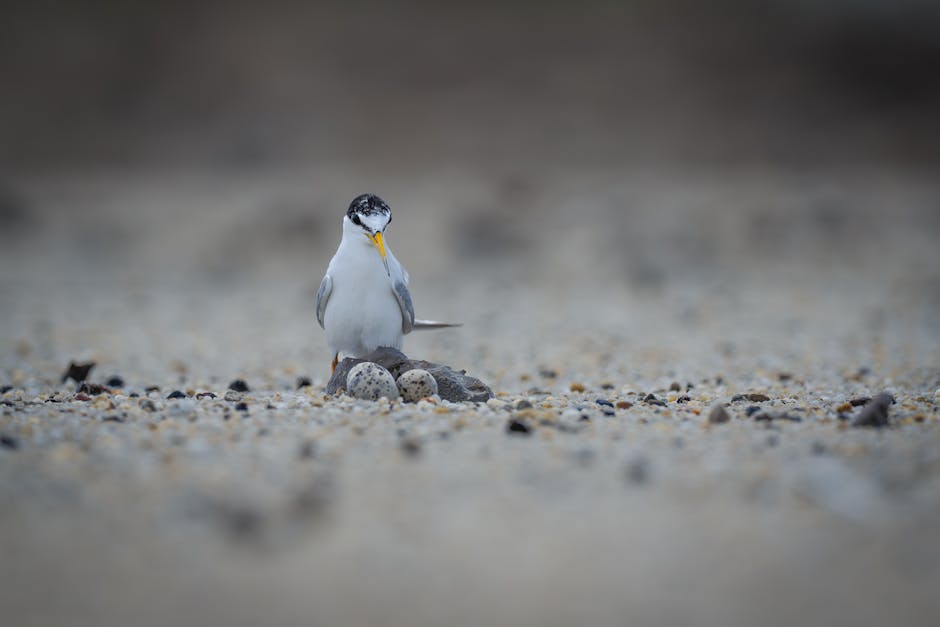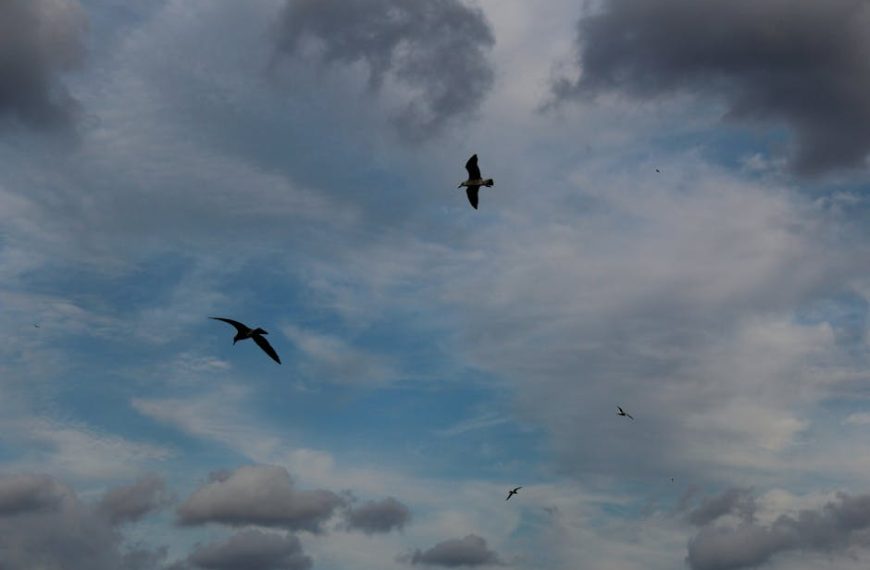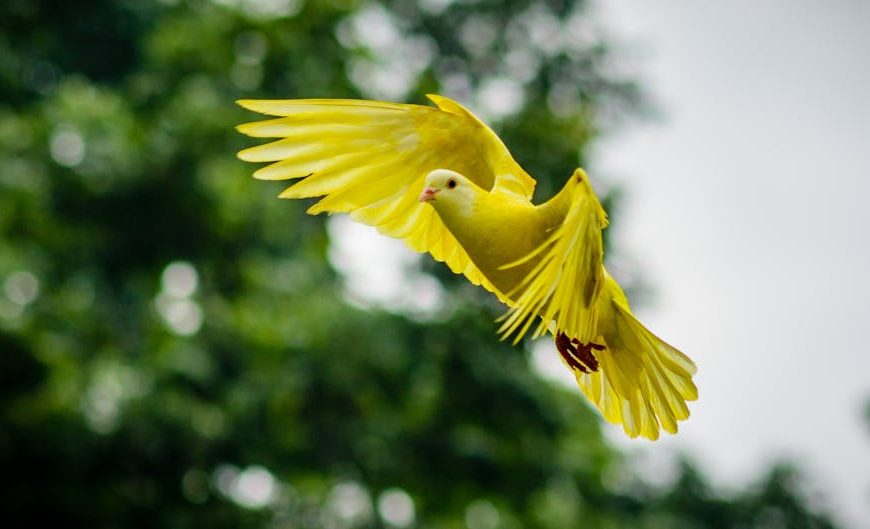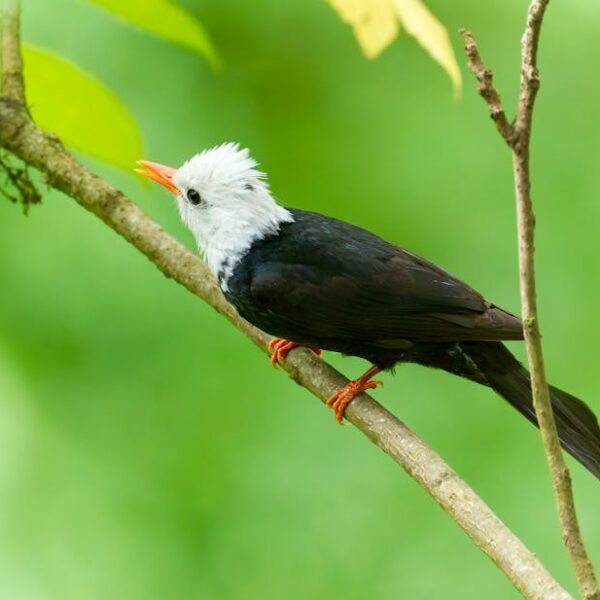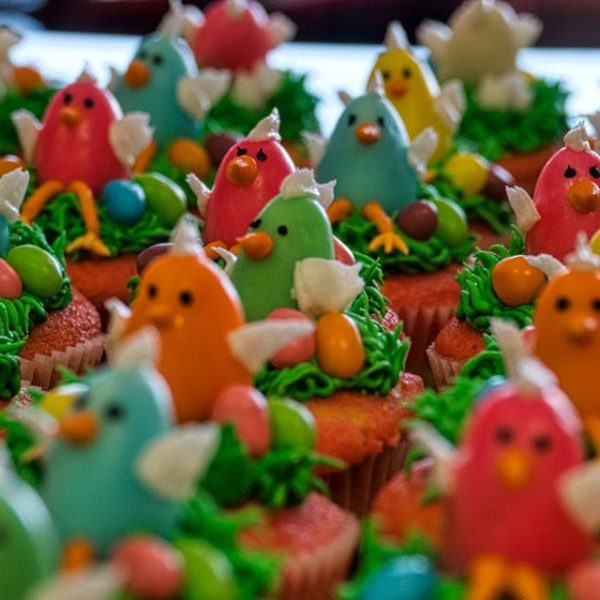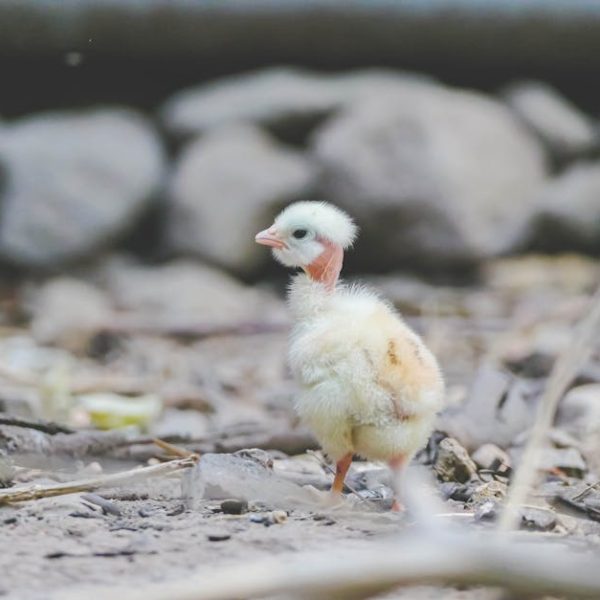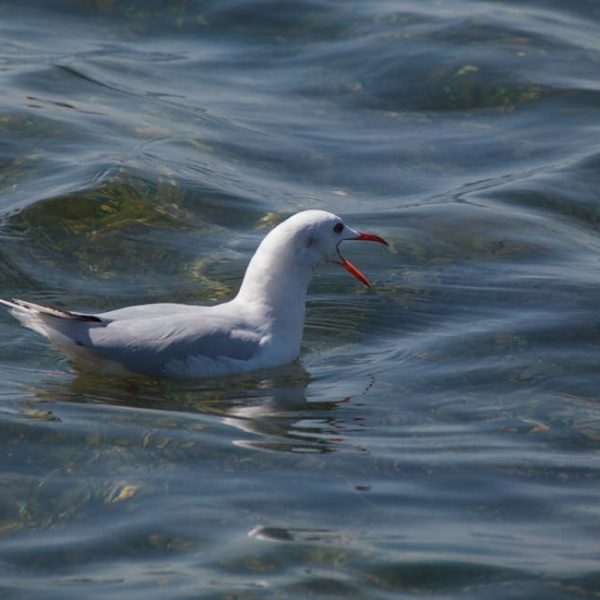Birds are as diverse as the habitats they occupy, and this is remarkably evident in the various sizes, shapes, and colors of their eggs. Did you know that some birds lay small blue eggs? Yes, indeed, certain species are famously known for their distinctive blue shell eggs, which are just as fascinating as their vividly colored plumage. They serve specific purposes related to the bird’s habitat, survival, and behavior.
Understanding The Significance of Egg Colors in Birds
Bird egg coloration is a fascinating dimension of avian biology, speaking volumes about that bird species. The shades and hues of bird eggs, including those that are small and blue, aren’t merely for aesthetics. They serve practical purposes:
- Camouflage: For ground-nesting birds, egg colors often blend with the environment to provide a natural disguise against predators.
- Temperature Control: Darker colored eggs can absorb more sunlight, therefore, light-colored or blue eggs may suggest nesting in cooler or shaded environments.
- Health Signals: In some species, bright egg colors can signify a healthy and fit female bird, attracting potential mates.
Identifying Birds that Lay Small Blue Eggs
The world of avian is a diverse one, hosting an array of species laying small blue eggs. Commonly known ones include American Robins, Blackbirds, and Starlings. These birds are identifiable through their striking features, specific habitats, and distinctive blue eggshells.
| Species | Description | Habitat | Egg Image |
|---|---|---|---|
| American Robin | Medium-sized birds known for their orange-red breast and brownish upperparts. | Various habitats including woodlands, gardens, and shrublands. | Image here |
Characteristics of Small Blue Bird Eggs
Contrary to its general label, small blue bird eggs possess specific characteristics, allowing you to understand the bird’s natural history better. They differ slightly from species to species. They are often light blue, though the hue intensity may vary, with some types featuring various patterns.
- Be Prepared Checklist:
– Size: Small blue eggs generally range from about 0.6 inch to 1 inch in length.
– Shape: These are typically oval or elliptical.
– Spotting: Some eggs may showcase lighter or darker spots or speckles.
Comparing eggs of different blue egg-laying birds, the eggs of the American Robin have a darker blue hue, while those of the Blackbird tend to be more turquoise.
Stay tuned for more on small blue egg-laying birds!
The Top Small Blue Egg-Laying Birds in Detail
Let’s delve into the intricacies of a few chosen bird species known for laying small blue eggs.
- American Robin: This bird species is famous for its bright blue-green eggs. Females typically lay three to five eggs per clutch and incubation lasts about 12-14 days. They often build their nests in trees or man-made structures.
- Blackbird: The common Blackbird lays eggs with a slightly bluish hue. The female lays around three to five eggs per clutch, with an incubation period ranging from 12 to 14 days. Blackbirds nest in shrubs, trees, and on the ground.
- Starling: Starlings, known for their glossy plumage, lay such small, pale blue eggs that they appear almost white. Clutches usually contain four to six eggs, and the incubation period is roughly 12 days. Starlings are versatile nesters, building homes in everything from tree cavities to buildings.
Preservation and Respect of Nesting Birds
Being respectful and protective of bird nests is crucial for the survival of these bird species. Bird nesting season, particularly for small blue egg-laying birds, should be a time when these creatures enjoy utmost privacy and safety. Disturbing a bird’s nest can cause intense stress to the birds and can even lead to abandonment of the nest.
As responsible individuals, we can actively participate in protecting bird species. Report any violation of nest disturbance laws to local wildlife authorities, and if possible, engage in bird conservation activities in your local area.
In conclusion, the world of small blue egg-laying birds is diverse and fascinating, each bird unique in its behaviors, and its brilliant blue eggs. Now you are better equipped to identify these birds and their eggs, and more importantly, how to respect and preserve their beautiful habitats. Discover the joy of birdwatching responsibly and fall even more in love with our feathery friends!
Key Takeaway:
- Bird egg coloration, including for those that lay small blue eggs, serves practical purposes such as camouflage, temperature control, and signal for health.
- Common species that lay small blue eggs include American Robins, Blackbirds, and Starlings.
- Small blue bird eggs possess specific characteristics such as being light blue in color, oval or elliptical in shape, and sometimes featuring varied patterns.
- Distinction in blue eggs varies as eggs of the American Robin have a darker blue hue, while those of the Blackbird tend to be more turquoise.
- Each bird species has unique habits, habitats, clutch sizes, incubation period, and nesting preferences.
- It is crucial to respect and protect bird nests, especially during the nesting season, to avoid causing stress and potential abandonment of nests.
While exploring the fascinating world of birds, it’s awesome to uncover that some species lay small blue eggs. We encourage you to engage in birdwatching responsibly and partake in local bird conservation activities. Remember, every bird has a unique story to tell!
FAQs
Q: Are there any other birds not mentioned in this guide that lay small blue eggs?
A: Yes, apart from the American Robin, Blackbird, and Starling, there are other bird species that lay blue eggs like the Bluebird, Northern Mockingbird, and the Dunnock.
Q: How often do these birds lay eggs? Are they seasonal breeders?
A: Most birds that lay small blue eggs tend to be seasonal breeders. Usually, they lay eggs during the spring and early summer months. However, the frequency of egg-laying can vary greatly from species to species.
Q: Is the blue color in bird eggs natural?
A: Yes, the blue hue in bird eggs is indeed natural. It results from pigmentation and is often associated with specific bird species.
Q: Is it safe or permissible to touch bird eggs if I discover a nest?
A: It’s best to avoid touching bird nests or eggs. Disturbance might stress the bird parents and even lead to abandonment. If you discover a nest, it’s recommended to observe from a safe and respectful distance.
Q: What should I do if I find a damaged or fallen egg?
A: If you find a damaged or fallen egg, it’s often best to leave it where it is. Picking it up may cause more harm, and it may be part of the natural process. You can consult with local wildlife authorities for advice.
We hope you found this guide enlightening. For more fascinating insights about nature and the incredible bird species, please feel free to explore other posts on our website, and don’t forget to share this article with your friends who might also be interested!
